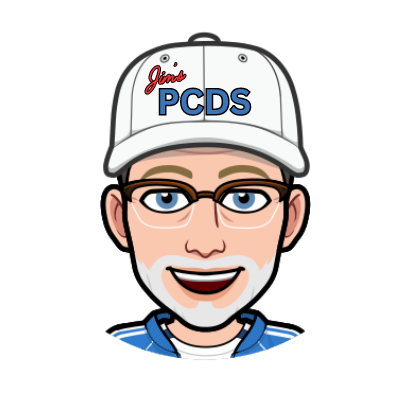
Facebook groups are vibrant online communities where individuals come together to discuss shared interests, exchange knowledge, and build connections. However, maintaining active and engaged group members can be a challenge for group administrators and moderators. In this article, we will explore effective strategies to encourage member participation in Facebook groups, fostering a lively and thriving community environment.
Set Clear Guidelines and Expectations
Establishing clear guidelines and expectations for group participation is crucial. Clearly communicate the purpose and rules of the group to ensure members understand the desired level of engagement and behavior. Encourage respectful discussions, discourage self-promotion without adding value, and emphasize the importance of constructive contributions. By creating a positive and supportive atmosphere, members will feel more inclined to actively participate.
Create Compelling Content
Content is king, even within Facebook groups. To captivate and motivate members, provide high-quality and relevant content that sparks discussions and piques their interest. Share informative articles, thought-provoking questions, engaging polls, and inspiring visuals. Incorporate a variety of content formats such as videos, images, and live sessions to cater to different preferences. Consistently delivering valuable content will keep members coming back and encourage them to participate.
Postoplan Content Scheduling Program
Initiate Thoughtful Discussions
As a group administrator or moderator, take the lead in initiating discussions that encourage members to share their thoughts and experiences. Pose open-ended questions, seek opinions on industry trends, or ask for recommendations. Ensure your questions are specific, concise, and relate to the group’s theme. By creating a stimulating environment, you prompt members to engage with each other and foster meaningful conversations.
Actively Engage and Respond
Demonstrate your commitment to the group’s success by actively engaging with members’ posts and comments. Respond promptly, acknowledge their contributions, and express gratitude for their participation. Act as a facilitator, encouraging further dialogue by asking follow-up questions and encouraging members to share additional insights. When members feel heard and valued, they are more likely to continue participating in the group.
Gamify Participation
Introduce gamification elements to make participation fun and rewarding. Implement challenges, quizzes, or contests that encourage members to actively contribute and interact. Offer badges, rankings, or exclusive privileges to recognize and reward engaged members. Gamification fosters a sense of friendly competition and incentivizes participation, creating a more vibrant and interactive community.
Promote Collaboration and Peer Support
Encourage collaboration and peer support within the group. Create opportunities for members to share their expertise, seek advice, or offer assistance. Facilitate networking by organizing virtual events, group projects, or mentorship programs. By fostering a culture of collaboration and support, you nurture a community where members feel empowered to contribute and actively participate.
Perform Facebook Group tasks using automation.
Regularly Review and Refresh Group Content
Periodically assess the group’s content, discussions, and engagement levels. Analyze the type of posts that generate the most participation and tailor your content strategy accordingly. Consider introducing new topics, themes, or features to keep the group fresh and exciting. Regularly communicate with group members to gather feedback and suggestions, ensuring the group remains dynamic and aligned with their interests.
Building an active and engaged community within a Facebook group requires intentional effort and a focus on member participation. By setting clear guidelines, creating compelling content, initiating discussions, and actively engaging with members, you can cultivate an environment that encourages vibrant participation. Remember to adapt your strategies based on member feedback and consistently assess the group’s dynamics to foster continued growth and engagement. With these strategies in place, your Facebook group will flourish as a thriving hub of collaboration and knowledge exchange.
Links on this page may be affiliate links. We may earn a small commission when readers click a link and make a purchase.






